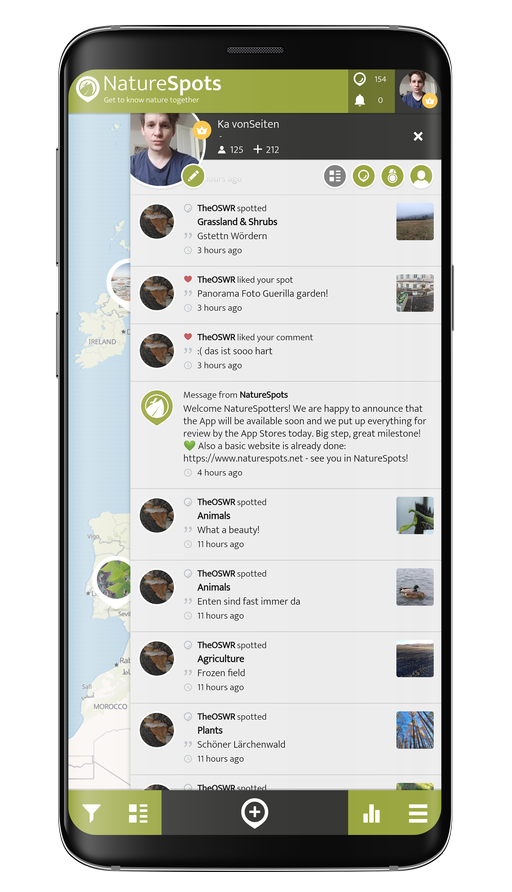The key characteristic of dry grasslands is that they have low-growing plants, causing the area to be quite open. They also have a mottled structure, which leads to a biome with sunny or semi-shaded areas. On top of that, their soil is relatively dry and nutrient-poor. There are, however, types of grasslands with a higher humus and nutrient content. The soil of these areas overlies acid rocks or deposits such as sands and gravels. Dry grasslands belong to different zones such as the natural zonal or azonal/extra zonal vegetation and the semi-natural vegetation. Overall, there are 13 classes that fall under dry grasslands.
Dry grassland areas are very important to biodiversity as they contain a wide range of plant and animal species. European dry grasslands have the highest small-scale species densities amongst plant communities. This is why conservation efforts have become vital for dry grasslands, to ensure the continuance of their vast diversity and to help the many endangered species that these areas host.
Dry grasslands have extreme variability in terms of the species that are found there. These areas contain different types of mammals and a wide range of invertebrates. Grazing animals are needed as they help to create habitat variation within the dry grassland areas.
In general, dry grasslands can be found in Europe and North America, as well as some small parts of South America. For example, Denmark contains large areas of this type of grassland, which are characterized by short plant cover and the presence of a wide variety of flowers. In the United Kingdom, approximately 30,000 hectares of lowland acid grassland are present.
Dry grasslands are highly threatened in Europe by factors such as destruction for other activities, abandonment of traditional use, afforestation, eutrophication, or invasion of neophytes. The European Union has dry grasslands falling under the Habitats Directive. This directive ensures that threatened animals and plant species are conserved and protected. Another reason why dry grasslands are important is that they can be used as a model system for biodiversity.
Source: Wikipedia contributors. "Dry grassland." Wikipedia, The Free Encyclopedia. Wikipedia, The Free Encyclopedia, 25 Feb. 2021. Web. 13 Sep. 2021.

